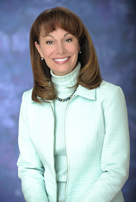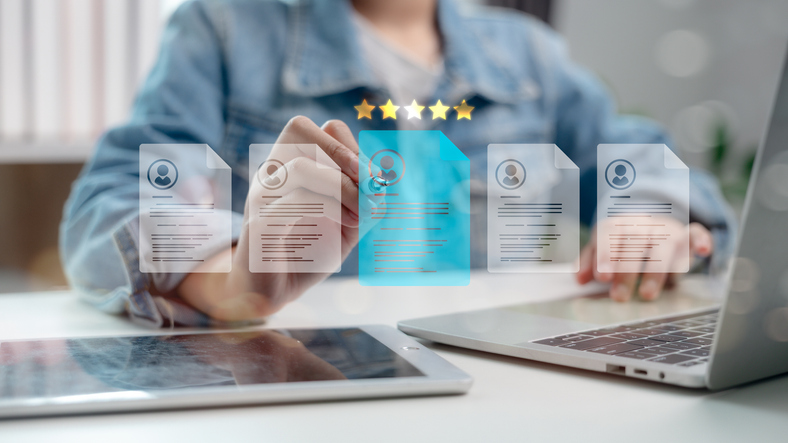Julie Young

Julie Young is president and chief executive offer of Florida Virtual School, which she helped launch in 1997. The organization, which has a staff of more than 1,200, provides nearly 100 courses to more than 130,000 students annually. Young chairs the United States Distance Learning Association and serves on the boards of the North American Council for Online Learning and the Florida Learning Alliance. She is a member of the Southern Regional Education Board’s Distance Learning Task Force, the Florida TaxWatch Center for Educational Performance and Accountability, and the UT TeleCampus National Advisory Board. In 2003, Young was inducted into the USDLA hall of fame.
T&L contributing editor Matt Bolch interviewed with Julie Young to find out more about her thoughts on edtech.
MB: How do you make sure students “connect” with the material in a virtual environment?
JY: Addressing the needs of students is our primary goal and focus. By leveraging technology, highly qualified teachers and innovative curriculum design, we are giving students a learning environment that looks more like a corporate office than a traditional classroom.
We help connect with students and address their needs by hiring and training teachers and by developing courses where students actively engage in lessons and participate in 21st century learning. FLVS provides teachers a diverse mix of professional development and training opportunities where they can swap best practices, learn new strategies boosting student engagement and refine teaching methods.
The curriculum development team is constantly explore new methods to improve courses to make the experience more dynamic for students. Last year, we introduced a new course that is delivered completely in an online gaming environment. We have also added new text-to-voice technologies, more videos and interactive, online simulations and study tools for the iPhone or iTouch.
MB: What challenges (technological or otherwise) do you see to wider virtual learning adoption?
Tools and ideas to transform education. Sign up below.
JY: Helping traditionalists better understand how online learning can support, supplement and enhance a student's overall education experience is one of the first barriers we need to cross. We have always advocated for a blended learning environment where students have options for how to reach their educational goals.
Access to online courses requires broadband and funding. In 2003, the Florida State legislature established sustainable funding for FLVS; this allowed the program to grow to meet student demand. One of our ongoing challenges is increasing broadband access to students in rural and underserved communities who can greatly benefit from a broader list of courses to supplement traditional course schedules.
Keeping pace with technology is certainly something we watch carefully. Students typically have to "power down" when they go to school. Our curriculum innovation team is working hard to make sure this is not the case when students enroll in FLVS courses.
MB: Briefly, where do you see the future of virtual learning environments?
JY: Enrollments in online courses growing at greater than 25% annually and will continue to grow. I see a future where students do not learn just one way--they pick and choose their options based upon strengths, not weakness. In the future, I see schools that offer true blended learning opportunities. Courses will become more interactive and students will become greater producers of content, rather than simply memorizing facts, figures and formulas.
I see a learning environment that is built upon future needs--21st century skills--so students graduate prepared for college or the global workplace. Virtual courses will help them by improving communication and collaboration skills, enhancing critical thinking and problem-solving abilities and fostering opportunities for creativity and innovation.
